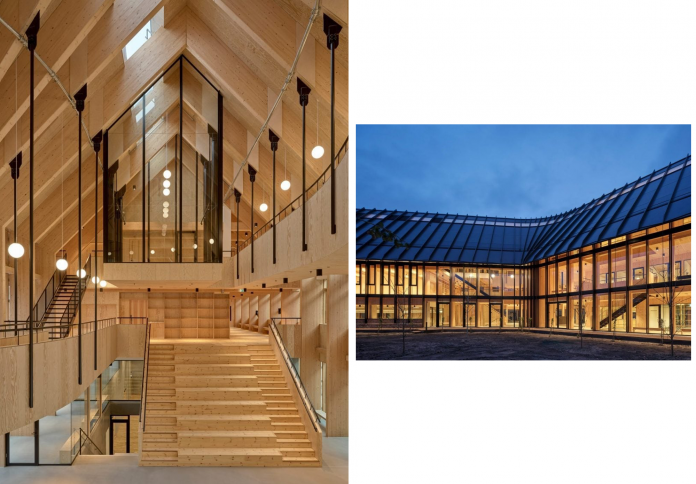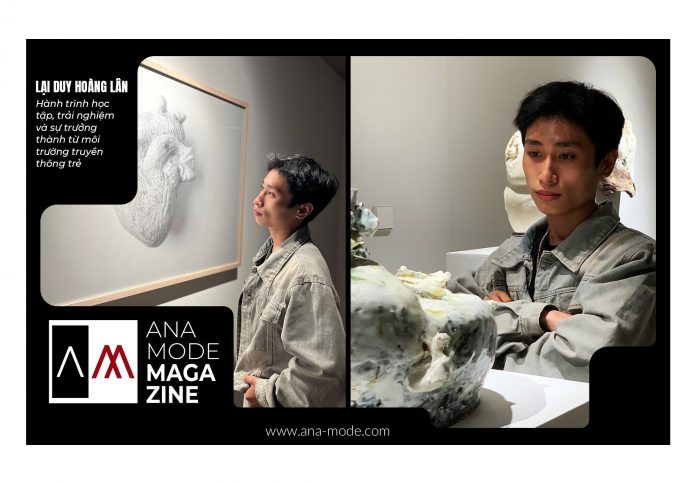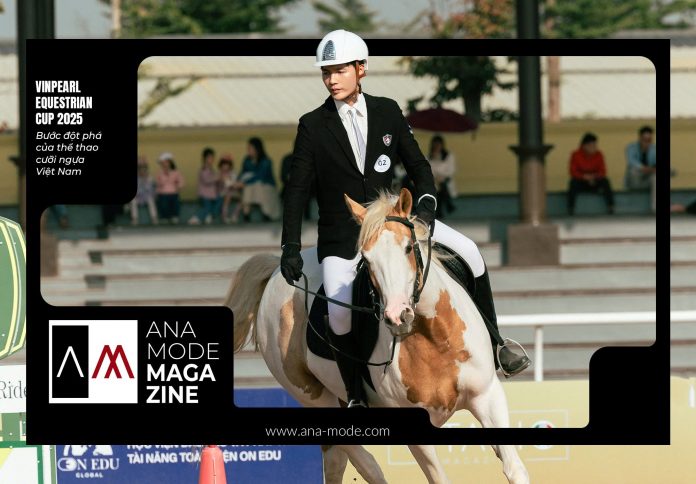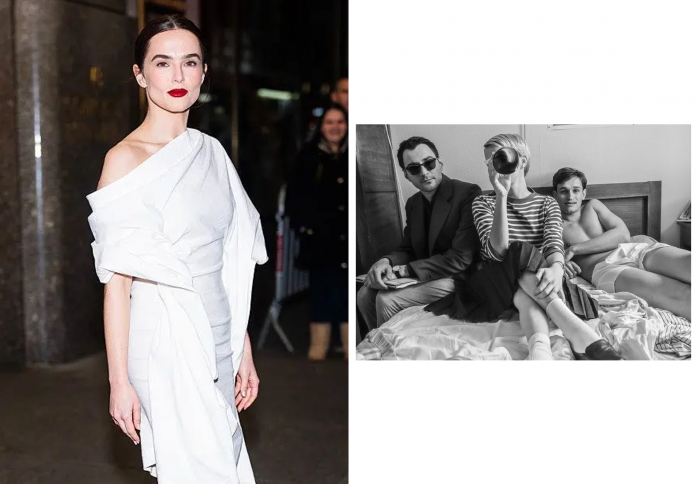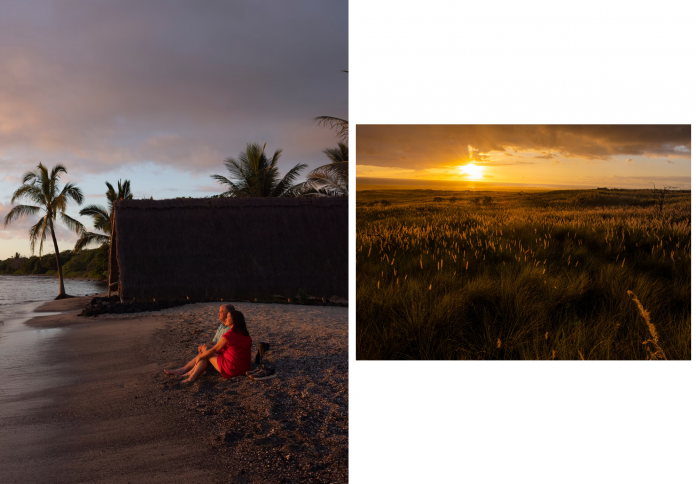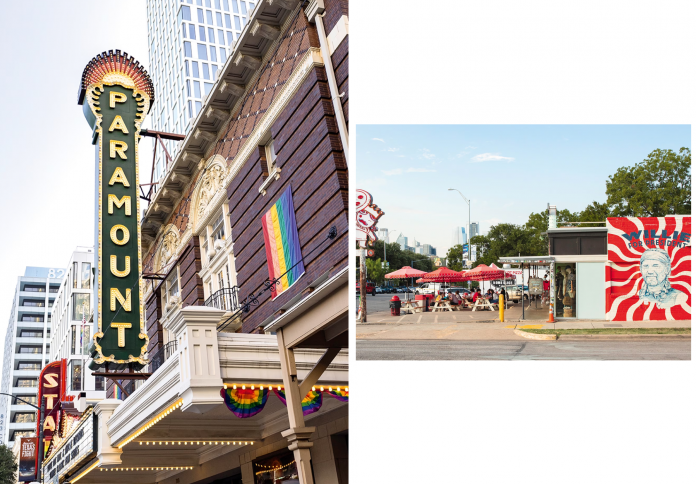A striking architectural work in Copenhagen has become the center of a lively international design debate. The Diabetes Health Centre, conceived by the acclaimed Danish studio Dorte Mandrup Arkitekter, is defined by its curved, gabled form and an interior entirely clad in wood, culminating in a dramatic 15-meter-high central atrium. The design was intended to be “homely and inviting” for both patients and staff, yet it has split critics into two camps: one side hails it as a “cathedral of wood” for its absolute spatial refinement, while the opposing view criticizes the pervasive wood cladding as “relentless,” a waste of space, and an expression of “architect ego.” This dichotomy of opinion in Copenhagen reflects a broader trend of polarization in the assessment of bold, statement-making architectural projects across the globe.
Dorte Mandrup’s Vision: The Supremacy of Wood
The Copenhagen Centre for Health is more than just a medical facility; it is a strong statement on the role of architecture in healing and mental upliftment. Dorte Mandrup Arkitekter’s goal was to create an environment that starkly contrasts with the cold, clinical atmosphere often found in traditional hospitals. They selected wood as the dominant material, cladding the entire interior to create a warm, comforting, and domestic sense of belonging for its users.

The exterior architecture is notable for its distinctive curved silhouette and sloping rooflines, which engage rhythmically with the surrounding urban landscape. Inside, the space is organized scientifically, with interior walkways wrapping around a central atrium. At an impressive 15 meters tall, this atrium is not just an engineering feat but is critical for drawing natural light deep into the center of the building. This spatial arrangement not only optimizes functionality but also shapes the user experience, fostering a sense of connection and tranquility, in line with the design’s underlying ethos.
“Flawless Execution”: The Chorus of Praise
Immediately following the publication of the Diabetes Health Centre’s images, the design community offered a flood of compliments and praise. Many readers quickly expressed awe for the project’s sophistication and the quality of its execution. One commenter, Marius, described the work as “lovely, clean and sophisticated,” going on to praise the “flawless execution of space.” The blend of modern lines with such a warm, traditional material successfully appealed to those seeking a minimalist yet inviting aesthetic.
Another reader offered the evocative comparison of the space to “a cathedral of wood,” a phrase that encapsulates the reverence for both the scale and the materiality of the structure. This viewpoint highlights the spiritual, uplifting atmosphere that the tall, light-filled space provides, recalling large religious structures. Further endorsements, such as “stunning interior” and “this is damn nice—a new era is here,” solidified the project’s standing as a prime example of human-centered design, where architecture is leveraged to improve mental and emotional well-being.
The Backlash: Critique of Material Overload
Despite the widespread acclaim, Dorte Mandrup’s project also faced sharp, direct criticism. For some readers, the overwhelming presence of wood did not translate into warmth but rather a sense of monotony, even excess. Commenter HeywoodFloyd remarked that “The interior is relentless—that wood panelling is everywhere,” and drew a negative comparison to the interiors of architect Richard Meier from the 1990s, suggesting the current work was “not as good.”

More profound criticism targeted the efficiency and the perceived intent of the designer. A reader identified as T Foxe bluntly scorned the project, stating, “Seems like a lot of wood and wasted space for no reason but architect ego.” This comment touched upon a sensitive theme in the architectural world, where creativity is sometimes viewed as being divorced from pragmatic concerns and economy. These critical voices argued that the choice of material and the grand scale of the space might be a form of architectural showmanship rather than an optimal design solution, demonstrating a clear split between media-lauded aesthetics and the perceived practicalities by some critics.
Architectural Polarization Across Projects
The intense discussion surrounding the Copenhagen Health Centre is not an isolated incident; it serves as evidence that bold, opinionated designs consistently provoke strong and polarizing reactions within the community. This pattern is reinforced by two other projects featured in the weekly discussion, each drawing a similarly divided response.

For instance, a community cafe and bar located inside Vancouver’s modernist Waterfall Building (designed by SML Studio Architecture) caused a split. Some lauded the interior as “stark but flawless,” while others found the effect “sterile” and felt the walls were “begging for greenery and art.” Similarly, a shingle-clad house in Quebec by Oyama and Julia Manaćas Architecte was labeled an “awkward, confused massing” by some, even as others called it “a beauty” and wondered “what’s not to like?” Consensus, it appears, is nearly impossible to achieve when confronting genuinely unique design concepts.
The Value of Architectural Disruption
Ultimately, architect Dorte Mandrup has achieved the goal of creating a structure that cannot be ignored. Through the comprehensive use of wood and an imposing spatial structure, she has successfully crafted a space capable of profoundly impacting the emotional response of its observers. The polarization of opinion does not diminish the project’s importance; rather, it underscores its significance as a paradigm of contemporary design.
This project stands as a powerful reminder that while some may seek safety and familiarity in design, others crave powerful, uncompromising structures that dare to challenge the norm. Whether ultimately deemed a “cathedral of wood” or an act of spatial extravagance, the Copenhagen Centre for Health remains a vibrant example of how a single piece of architecture can become a catalyst for wide-ranging cultural and philosophical discourse, where beauty, functionality, and architectural ego are constantly fighting for an acceptable balance.
